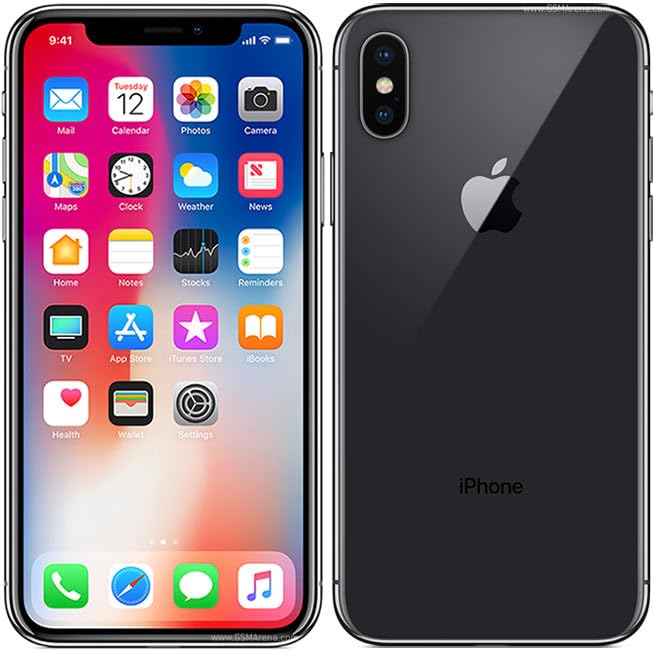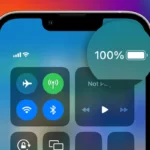When Apple released iOS 17 in September 2023, many iPhone users were eager to try the new features — improved Messages, StandBy mode, and enhanced Siri capabilities. However, owners of older models like the iPhone X quickly discovered that their devices were not eligible for the update.
This decision marked the end of major iOS updates for one of Apple’s most iconic devices.
🧾 Official Compatibility
According to Apple’s official iOS 17 compatibility list, the update supports devices starting from the iPhone XR, iPhone XS, and newer.
✅ Supported iPhones for iOS 17:
- iPhone XR, XS, XS Max
- iPhone 11, 11 Pro, 11 Pro Max
- iPhone SE (2nd gen) and later
- iPhone 12, 13, 14, and 15 series
❌ Not Supported:
- iPhone 8, 8 Plus
- iPhone X
(Source: Apple Support Community, CNET, Macworld)
⚙️ Why the iPhone X Missed the Cut
1. Hardware Limitations
The iPhone X, released in 2017, runs on the A11 Bionic chip — a powerful processor for its time but now aging compared to modern Apple silicon.
iOS 17’s new features, like enhanced on-device AI and real-time language processing, rely on neural engine improvements introduced with the A12 Bionic and later.
Simply put, the A11 lacks the hardware acceleration needed for efficient performance under iOS 17.
2. Battery and Performance Concerns
Apple tends to drop older models from major updates when newer iOS versions could negatively impact:
- Battery life
- Thermal performance
- System responsiveness
Running iOS 17 on the iPhone X might have caused lag, overheating, or reduced battery endurance — issues Apple aims to avoid by limiting compatibility.
3. Security and Maintenance Balance
Apple continues to provide security updates for unsupported devices through iOS 16.x minor updates, ensuring users remain safe without compromising performance.
However, maintaining full feature parity across older hardware would stretch development resources and reduce optimization for newer devices.
🔒 What iPhone X Users Can Still Do
Even though iPhone X users can’t install iOS 17, they still have options:
✅ 1. Stay on iOS 16
Apple continues releasing iOS 16 security patches (e.g., iOS 16.7.x) for older devices, keeping them secure and stable.
To check for updates:
- Go to Settings → General → Software Update
✅ 2. Optimize Performance
- Clear unnecessary apps and storage
- Disable background app refresh
- Use Low Power Mode
✅ 3. Upgrade Options
If you want iOS 17 features, consider upgrading to:
- iPhone XR or XS (affordable used options)
- Or newer models like iPhone 13 or iPhone 14 for long-term support.
🌟 iPhone X’s Legacy
The iPhone X remains one of Apple’s most influential designs — it introduced:
- The edge-to-edge OLED display
- Face ID
- The removal of the Home button
Its design language still defines modern iPhones today. Even though it’s no longer receiving major updates, it remains a capable and stylish device for everyday use.
🧠 Summary
| Feature | iPhone X | iOS 17 Requirement |
|---|---|---|
| Processor | A11 Bionic | A12 Bionic or newer |
| Neural Engine | 1st generation | 2nd generation or higher |
| Supported OS | Up to iOS 16 | iOS 17+ unsupported |
| Release Year | 2017 | iOS 17 (2023) |
🏁 Conclusion
The iPhone X marked a turning point in Apple’s smartphone history, but after six years of updates, it has reached the end of its major iOS support cycle.
While iOS 17 isn’t available for the iPhone X, Apple continues to ensure it remains secure and functional — proving that even without the latest OS, the iPhone X still holds its place as a modern classic.







